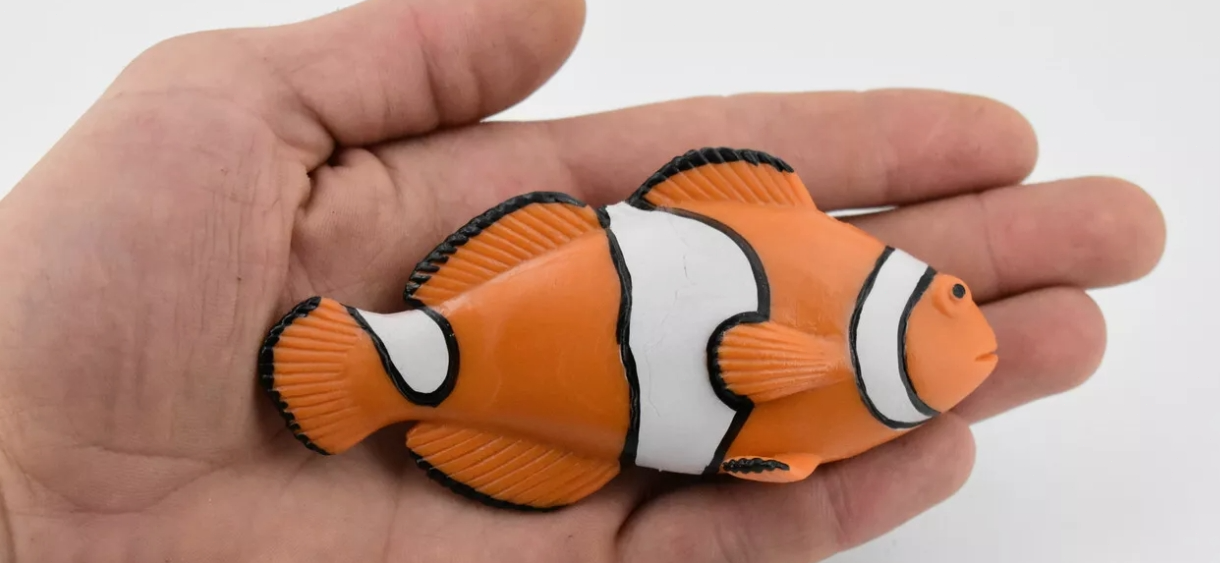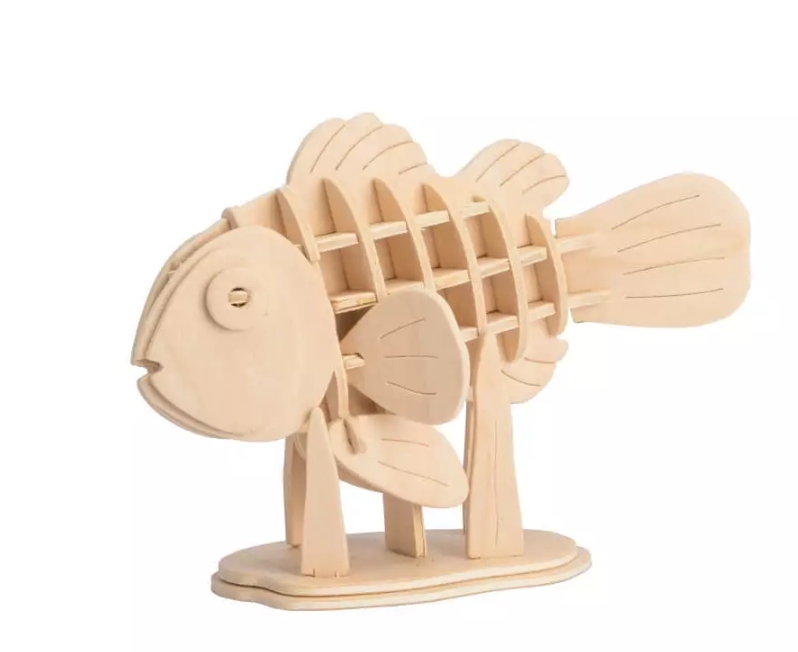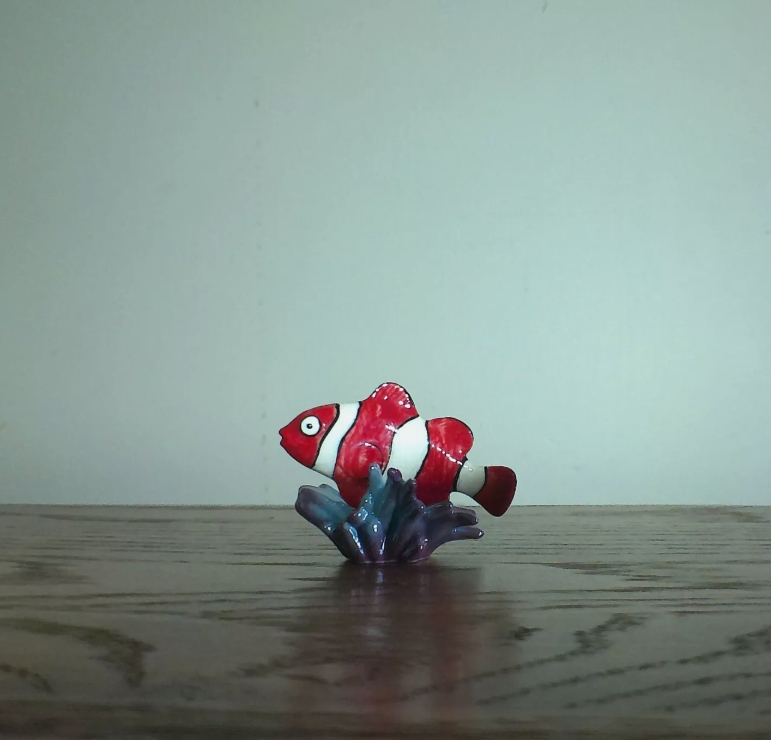Clownfish model is an important ecological and biological research tool to explore the role and behavior of clownfish in its ecosystem. Clownfish have attracted wide attention for their bright colors and unique living habits, especially in their symbiotic relationship with sea anemones, showing complex ecological interactions.
Building a clownfish model usually involves multiple aspects of research, including biological characteristics, behavioral patterns, and environmental factors. Clownfish play the dual role of predator and prey in Marine ecosystems, which makes the study of its model more complicated. By simulating clownfish's daily behaviors, such as foraging, reproduction, and adaptation to environmental changes, scientists can reveal how they survive and reproduce in a fluctuating ecology.
The model could also help researchers analyze the symbiotic relationship between clownfish and anemones. Clownfish rely on the protection provided by the anemone, while the anemone benefits from the clownfish's activities, creating a mutualistic situation. The model considers the effects of anemone growth, food supply, and environmental changes on the relationship, in order to understand the dynamic characteristics and evolution of this ecological interaction.
In addition, clownfish models can be used to explore the impact of global environmental issues such as climate change and ocean acidification on clownfish and related ecological communities. Using this model, scientists were able to predict changes in clownfish populations and their survival strategies,which is important for the conservation of this species and its habitat. Models can also provide data support for ecological conservation,enabling decision-makers to formulate more effective conservation measures based on scientific evidence.




